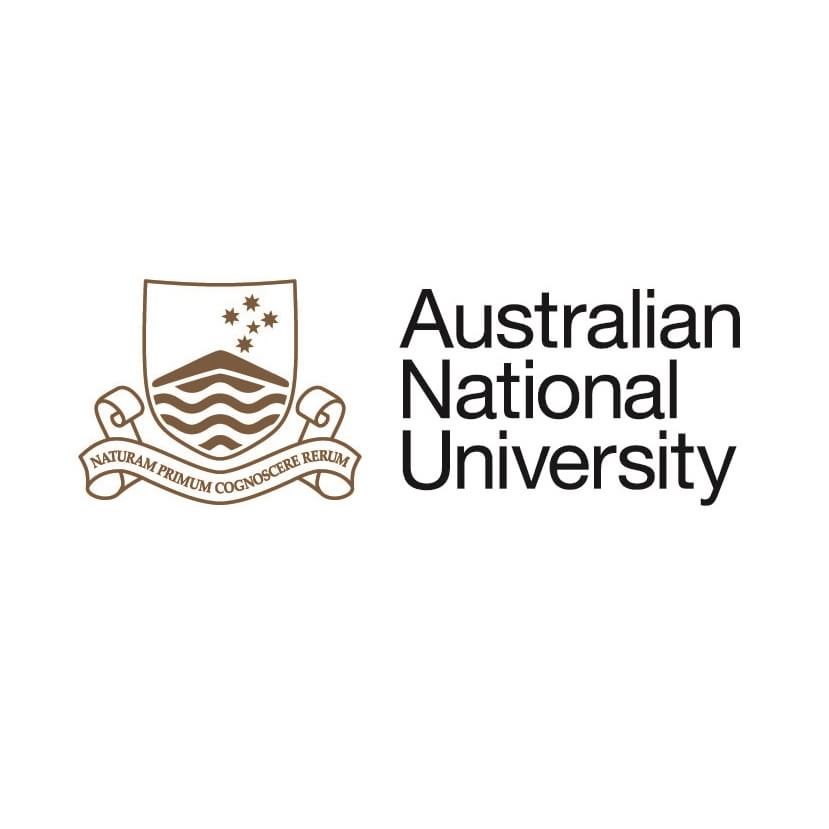Full description
The principle objective of the Nanangroe study is to directly quantify changes in woodland vertebrate assemblages and their relationships with habitat variables when the surrounding landscape matrix is converted from a semi-cleared grazing landscape to a landscape dominated by an exotic softwood plantation (Lindenmayer, DB, Cunningham, RB, MacGregor, C, Tribolet, C & Donnelly, CF 2001, ‘A prospective longitudinal study of landscape matrix effects on fauna in woodland remnants: experimental design and baseline data’, Biological Conservation, vol 101 no 2, p. 160). The study area is located in the Southwest Slopes of NSW west of Lake Burrinjuck and includes four exotic Pine Plantations (Nanangroe, Cotway, East Bungongo and Bungongo), as well as private properties adjacent those plantations. Repeated sampling of the vegetation structure and cover and selected vertebrate groups on all sites from 1998 has created a long term dataset. Established: 1997 Key research questions: - What are the relationships between vegetation condition and biodiversity? - How does management intervention (e.g. plantation establishment) influence the response of biodiversity? Surveys - Frogs, reptiles, mammals and birds are surveyed every two years. - Vegetation plots are measured approximately every five years.Created: 2018
Data time period: 1997 to 2018
text: Nanangroe Plantation, Southwest Slopes of NSW west of Lake Burrinjuck and includes four exotic Pine Plantations (Nanangroe, Cotway, East Bungongo and Bungongo), Australia
User Contributed Tags
Login to tag this record with meaningful keywords to make it easier to discover


